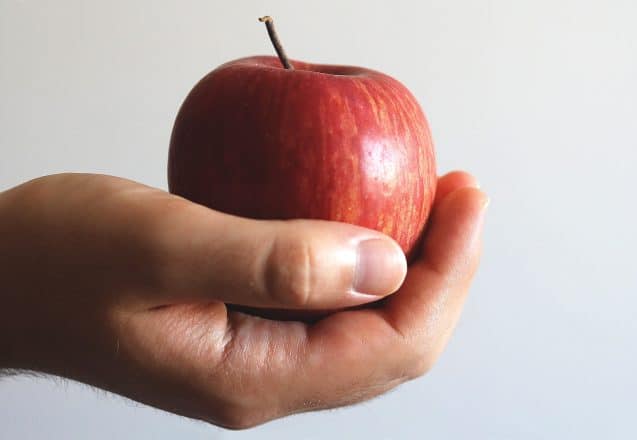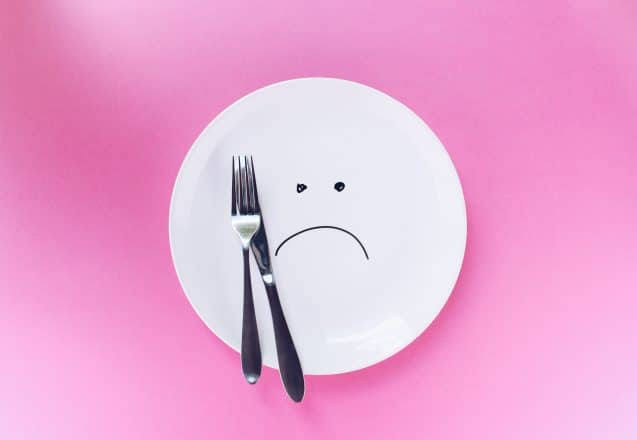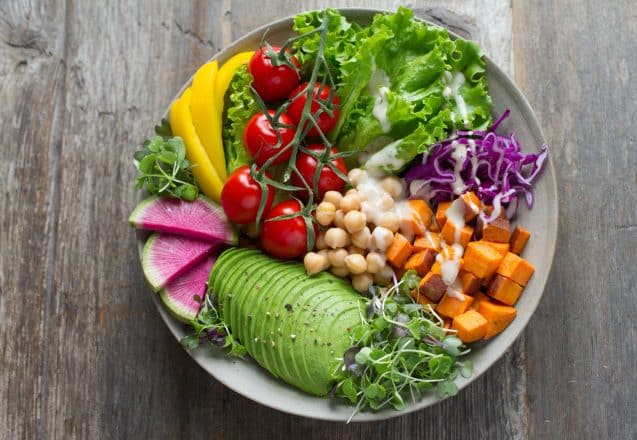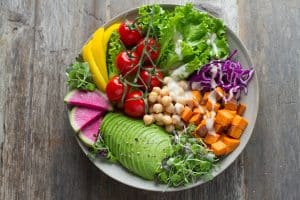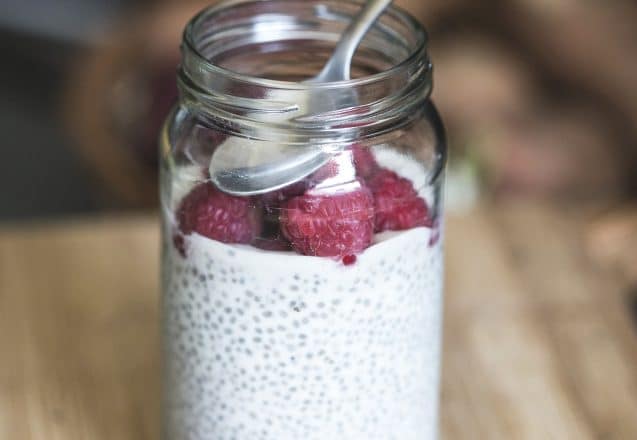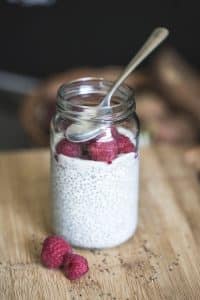Health Benefits Of Carbohydrates
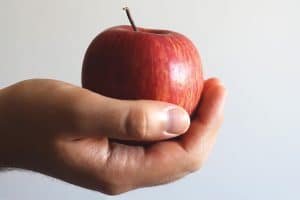 If you recoil at the word carbohydrate, you probably also flee in fear when you hear the word fat. Both have been given a bad rap due to some offenders in their category. Carbohydrates can have health benefits, but they also can damage your health. It’s all about the type of carbohydrate you choose. If you’re consuming whole-food carbohydrates, chances are, you’ll be eating a healthy carb. However, if you eat a highly processed carb, most likely you’ll eat a bad carb.
If you recoil at the word carbohydrate, you probably also flee in fear when you hear the word fat. Both have been given a bad rap due to some offenders in their category. Carbohydrates can have health benefits, but they also can damage your health. It’s all about the type of carbohydrate you choose. If you’re consuming whole-food carbohydrates, chances are, you’ll be eating a healthy carb. However, if you eat a highly processed carb, most likely you’ll eat a bad carb.
What are carbohydrates?
Carbohydrates are a macronutrient. Other macronutrients are protein and fat. Within the category of carbohydrates, there are three sub-categories, starch, fiber, and sugar. Another classification includes simple and complex carbohydrates. In most cases, simple carbohydrates include sugar that’s added to food. They’re in brown sugar, glucose, sucrose, fructose, HFCS, corn syrup, and raw sugar. Fruit juice with the pulp removed acts much like a simple carb. It breaks down quickly in the digestive tract to glucose and floods your bloodstream. There’s no fiber to slow the absorption of sugar in the digestive tract.
You need fiber.
Fiber provides many benefits for the body. Fiber slows the absorption of glucose into the bloodstream, which helps prevent serious conditions like insulin resistance and type 2 diabetes. Soluble fiber feeds beneficial microbes in the gut. In turn, the microbes perform many services for the body, such as breaking down food into nutrients the body can use. Soluble fiber also reduces fat absorption, lowers cholesterol, and can benefit weight loss.
Like all carbohydrates, starch provides energy.
They also provide so many more benefits. One type of starch is resistant starch. It’s in beans, dried peas, lentils, and green bananas. When you cook and cool food like pasta or potatoes, it also forms. This is why you need to scrape pasta from the pot immediately or it’s far more difficult to remove. The body doesn’t digest it. It ferments in the large intestine. Fermentation produces short-chain fatty acids, a type of fiber. Those fatty acids can help prevent colon cancer and provide all the benefits fiber does.
- Healthy carbs provide many nutrients that are difficult to find in animal products. They contain fiber, vitamin C, and phytochemicals only found in plants—as the name suggests. Phytochemicals play an important role in keeping the body healthy.
- The key is to eat healthy sources of carbohydrates. These include whole fruits and vegetables. They provide your body with the nutrients it requires, plus energy. Avoid processed carbs and those with added sugar.
- Food can be a combination of protein, carbohydrates, and fat. For instance, tree nuts contain protein, fat, and carbohydrates. Most carbs are plant-based, with milk being the exception.
- When you choose your carbs wisely, you don’t have to worry about the number of carbs you eat. Most healthy food options are lower in carbs and don’t pack on the pounds.
For more information, contact us today at Iron Fit San Antonio

